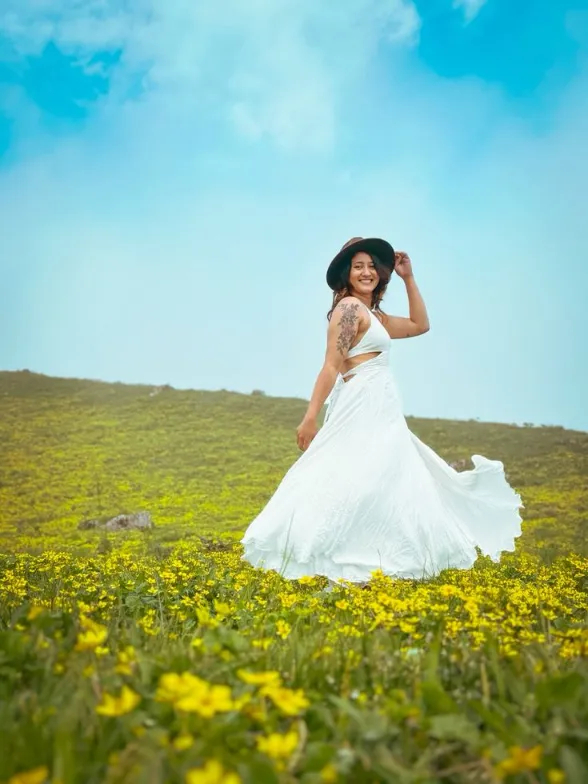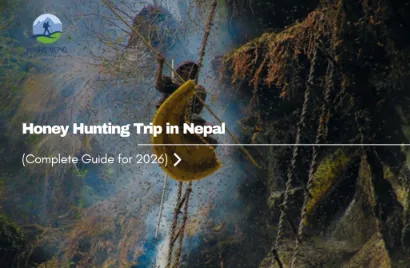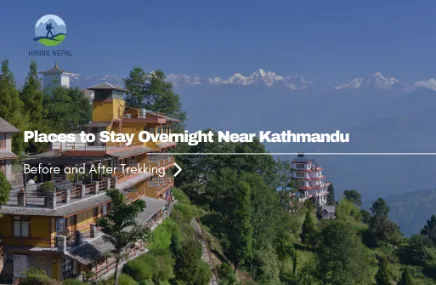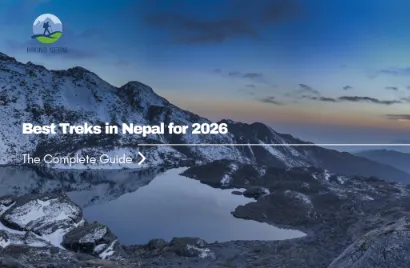When planning a trek or expedition to Nepal, one thing you cannot overlook is clothing and layering. Think about this: you start your journey in the warm, lively streets of Kathmandu (1,300 meters), and within a few days, you’re standing at the base of Mount Everest at 5,300 meters—or even higher. The temperature, altitude, and climate change dramatically, and your clothing needs to keep up with it.
We at Hiking Nepal want to make sure you’re prepared for these extreme shifts in conditions. So, let’s talk about layering—a game-changer for any trekker or climber venturing into the Himalayas. Trust us, a good layering strategy can completely transform your trekking experience.
So, What Exactly Is Layering?
Layering is simple. It’s about wearing the right combination of clothing to manage your body heat and protect yourself from the elements. Think of it like this: when it rains, you grab a raincoat. When it’s cold outside, you put on a sweater. But when trekking in Nepal, the stakes are higher. You’ll be out for days, facing unpredictable weather, steep climbs, and freezing winds.
Layering, when done right, lets you adapt to all of this. And yes, there’s a bit of an art to it. But don’t worry, we’ve got you covered.
The Three Golden Layers
1. The Base Layer: Your Second Skin
The base layer is like your first line of defence. It sits closest to your skin, keeping you warm and wicking away sweat. You’ll want something lightweight yet insulating—think thermal sets or merino wool.
Here’s a tip: Avoid cotton at all costs. It absorbs sweat and stays wet, which will leave you freezing in higher altitudes. Imagine sweating during a steep climb and then shivering uncontrollably once you stop for a break. Not fun. Wool, on the other hand, keeps you warm even when it’s damp.
Example: On a cold morning in Namche Bazaar, you’ll thank your thermal base layer when that crisp Himalayan air greets you.
2. The Middle Layer: Your Heat Generator
This is the layer that traps your body heat and keeps you warm. Fleece jackets, down-filled jackets, and trekking pants are your go-to options. On mild days, this layer can even double as your outermost layer.
Pro Tip: Look for features like wind resistance and water repellence. Some mid-layers can handle light snow or rain, but they’re not built for heavy-duty weather.
Example: Picture this—after hours of hiking through uneven terrain, you pause for lunch. The temperature drops suddenly, and you throw on your cosy fleece. Instant warmth.
3. The Outer Layer: Your Shield
This is your armour against the elements. The outer layer protects you from wind, rain, and snow while still letting your body breathe. Gore-Tex jackets are a popular choice because they’re waterproof and windproof but still allow sweat to escape.
Important: A raincoat is not the same as a Gore-Tex jacket. A raincoat traps moisture inside, which can leave you drenched in sweat and cold. Not ideal for trekking! As you approach Everest Base Camp, light snow begins to fall. Your Gore-Tex jacket keeps you dry and comfortable, letting you enjoy the surreal beauty of your surroundings.
Don’t Forget the Accessories
Headwear
Your head loses heat faster than the rest of your body, so covering it is essential. Start with a woollen cap in the chilly morning hours and switch to a sun hat once the sun is up. If the wind picks up, use your jacket’s hood for extra protection.
Handwear
Cold hands can ruin your trek. Use liner gloves for mild conditions and insulated gloves for higher altitudes. For extreme cold, consider mittens with a fleece lining. Trust us, frostbite is not something you want to experience.
Footwear
Your feet do the hard work, so treat them well. Layer your socks—a thin liner for moisture control and a thick wool sock for warmth. Don’t forget gaiters to keep snow and debris out of your boots. And make sure your trekking boots are broken in before your trip.
Imagine trekking through the snow-covered trails of the Annapurna Circuit. Without proper socks and gaiters, your feet would be cold, wet, and miserable.
A Good Layering Strategy Means:
- Comfort that boosts your confidence.
- Fewer stops to adjust clothing.
- Energy efficiency—you’re not overheating or freezing.
- Higher success rates, whether it’s reaching Everest Base Camp or summiting Mera Peak.
Tips for Trekking in Nepal
- Don’t Overlayer
On a cold morning, you might feel tempted to pile on layers. Resist the urge! Once you start walking, your body warms up quickly. Overlaying can lead to sweating, which cools your body down and makes you cold once you stop. - Pack Smart
You don’t need your entire wardrobe. Carry only what you’ll use. Think of versatile clothing that can handle different conditions. - Dry Clothes Daily
At the end of each day, change into dry clothes and hang up your trekking gear to air out. Fresh clothes not only feel great but also prevent illnesses caused by dampness. - Care for Your Gear
Follow the care instructions on your clothing. Keep your Gore-Tex jacket clean, store your fleece in a dry place, and make sure everything is in good condition before your trek.
Final Thoughts
Layering is not just about staying warm; it’s about being comfortable, confident, and prepared for anything the Himalayas throw at you. With the right strategy, you’ll enjoy every step of your journey, from the lush forests of the lower altitudes to the snowy peaks of the high Himalayas.
Ready to put this guide into action? Let Hiking Nepal help you plan your dream trek. Whether you’re heading to Everest Base Camp, Annapurna, or any other trail, we’ll make sure you’re prepared for the adventure of a lifetime.
Let’s make it happen.







